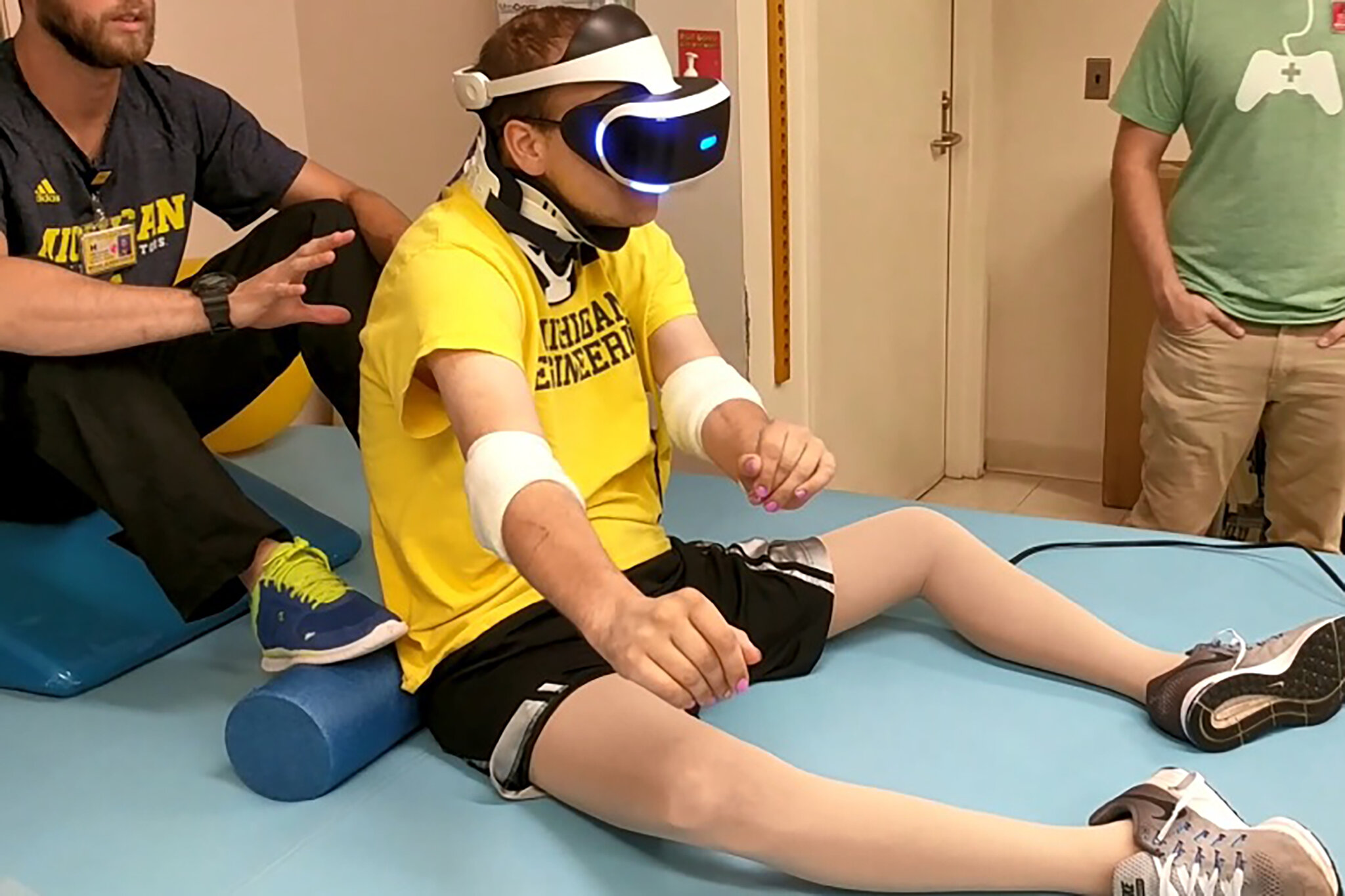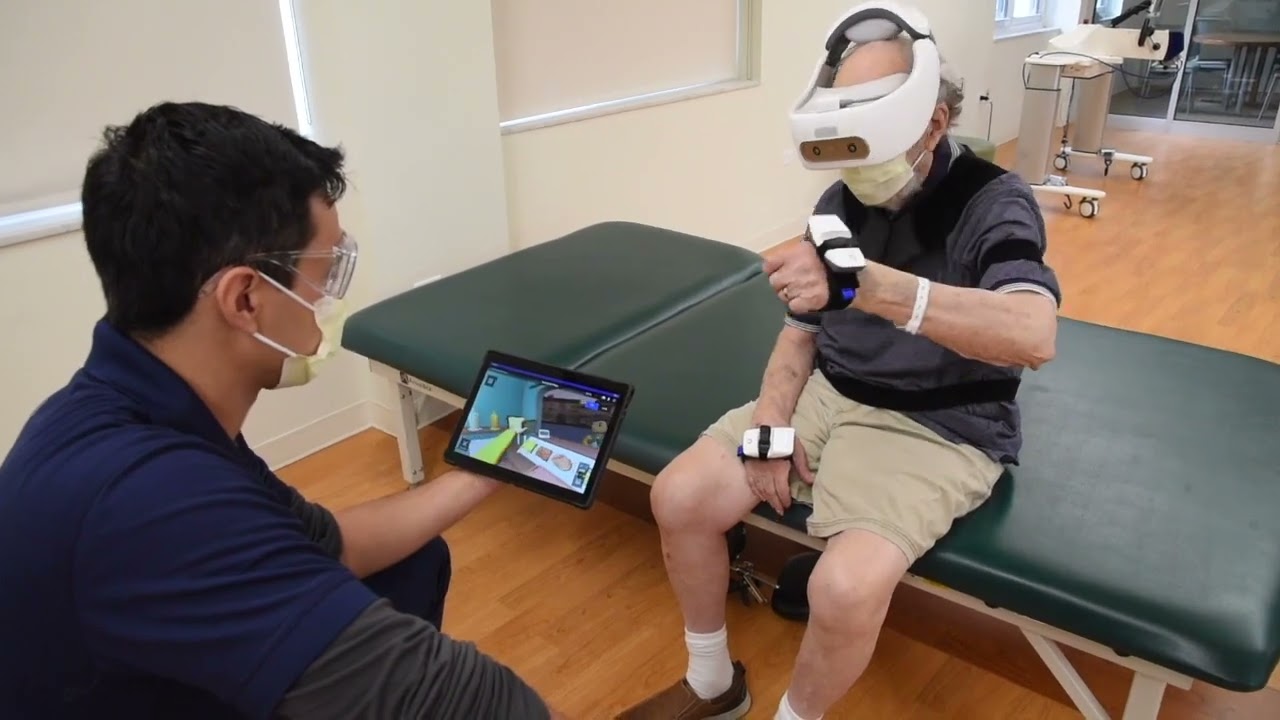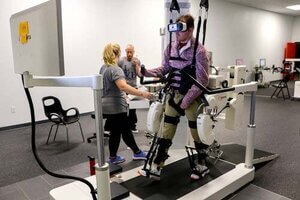Video games are no longer just a means of entertainment and fun, but have become a powerful tool in the field of healthcare, especially in physical therapy and rehabilitation. Thanks to virtual reality (VR) technology, patients can now engage in fun and motivating therapeutic exercises, which speeds up the healing process and improves treatment outcomes. In this article, we will explore how VR games are revolutionizing the field of physical therapy, highlight the most prominent applications and benefits, and discuss the future of this promising field._
From Boredom to Fun: How Virtual Reality is Changing the Therapy Experience

Many patients suffer from boredom and difficulty adhering to traditional physical therapy exercises, which negatively affects treatment outcomes. Virtual reality is here to completely change this experience, turning boring exercises into fun and interactive games. A patient can find themselves climbing a mountain, rowing, or participating in a sword fight, all while in the therapy room.
This shift from routine exercises to motivating games increases the patient's motivation and adherence to treatment, leading to better results in a shorter period of time. The safe and monitored virtual environments also allow patients to practice movements that may be difficult or dangerous in the real world.
Wide Applications: From Stroke to Sports Injuries

The applications of virtual reality in physical therapy are diverse and include a wide range of conditions, including:
•Post-stroke rehabilitation: VR games help stroke patients regain motor and cognitive skills through stimulating and customized exercises.
•Treatment of sports injuries: Athletes can use virtual reality to safely simulate sports movements, which helps them regain their strength and flexibility faster.
•Management of chronic pain: Virtual reality can help relieve chronic pain by distracting the patient and engaging them in fun and relaxing experiences.
•Treatment of balance disorders: VR games provide safe environments for patients to practice balance exercises and improve their ability to control their bodies.
A Promising Future: Remote Therapy and Accurate Diagnosis

The future of virtual reality in physical therapy looks very promising. As technology advances, we will see more realistic and interactive games, and more accurate sensors to track patient movement and assess their progress. This will allow therapists to provide highly customized treatment plans and monitor patients remotely, making therapy easier and more effective.
Artificial intelligence can also play an important role in analyzing patient data and providing recommendations to improve treatment. We may soon see home-based physical therapy systems that rely on virtual reality, allowing patients to continue their treatment in the comfort of their own homes.
Conclusion
The use of virtual reality games in physical therapy is a great example of how technology can be harnessed to improve people's lives. By turning therapy into a fun and motivating experience, virtual reality opens up new horizons for healing and rehabilitation. As this field continues to evolve, we can expect to see more innovations that will make healthcare more effective and humane.
